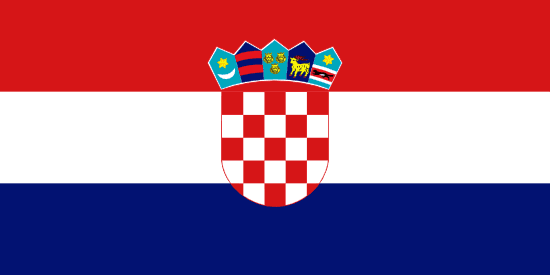"Grad sunca, vina i kulture | City of sun, wine and culture"
About:
Hvar, a Croatian island in the Adriatic Sea, has a rich history dating back to the Neolithic period. It was inhabited by the Illyrians before being colonized by the Greeks in the 4th century BC. The Romans, Byzantines, Venetians, and Austrians also ruled Hvar, each leaving their cultural imprint. The island was part of Yugoslavia in the 20th century, and since 1991, it's been part of independent Croatia. Today, Hvar is known for its tourism, lavender fields, and wine production.
When to visit:
Hvar, located in the Adriatic Sea, is a popular holiday destination known for its stunning beaches, vibrant nightlife, and rich history. The best time to visit Hvar is during the summer months, from June to August, when the weather is warm and sunny, perfect for enjoying the crystal-clear waters and outdoor activities. This is also when the island comes alive with festivals, concerts, and events, offering a lively and festive atmosphere for visitors to enjoy. However, for those seeking a quieter experience and lower prices, the shoulder seasons of spring and early fall can also be a great time to visit Hvar.
When to avoid:
Hvar, located in the Adriatic Sea off the coast of Croatia, experiences its peak tourist season during the summer months of June to August. During this time, the island can become overcrowded with visitors seeking sun, sea, and nightlife. Accommodation prices tend to be higher, and popular attractions may be busy. For those seeking a more tranquil experience, it is advisable to avoid traveling to Hvar during the peak summer season and consider visiting during the shoulder seasons of spring or autumn.
Winter Season (Dec-Feb)
In Hvar, Croatia, the coldest and wettest months are from November to January, with temperatures between 8°C-15°C. Rainfall is highest in November, averaging 114mm. Sunlight is limited to 4-5 hours per day, while cloud cover is quite extensive. The sky is often overcast, and you can expect frequent showers. Despite this, the island's beauty shines through the gloom. An average day for a visitor may involve exploring the town’s historic sites, enjoying local cuisine in cozy restaurants, or participating in indoor activities.
"Summer (June-August)"
In Hvar, Croatia, the warmest part of the year typically spans from June to August. During these summer months, temperatures can range from 25°C to 30°C (77°F to 86°F). Rainfall is quite minimal, with July being the driest month averaging around 21mm. The island enjoys approximately 10 to 12 hours of sunshine per day, making it one of the sunniest places in Europe.
Humidity levels are relatively moderate, averaging around 60-70%. Despite the warmth, the Adriatic Sea breeze helps to maintain a comfortable atmosphere. Cloudiness is quite low during these months, with clear or mostly clear conditions prevailing most of the time.
For a visitor, a typical day in Hvar during the warmest part of the year feels pleasantly warm and sunny. The mornings often start with bright, clear skies, progressing into warm afternoons perfect for beach activities or exploring the town. Evenings are comfortably warm, ideal for outdoor dining or strolling along the harbor. The minimal rainfall and abundant sunshine make it a perfect time for outdoor activities and sightseeing.
Language:
Croatian is the primary language spoken in Hvar, a city located in Croatia. As a popular tourist destination, English is also widely spoken, particularly in hotels, restaurants, and other tourist-oriented establishments. Italian and German are also commonly understood due to the city's proximity to Italy and Germany, and its popularity among tourists from these countries.




